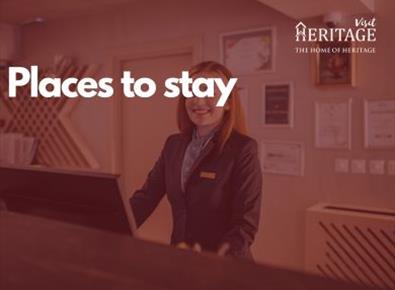Nine rare cream coloured public phoneboxes in Hull, that are still in working order have been given heritage protection by the UK government.
The K8 phoneboxes are all cream, rather than the more recognisable red, because Hull was the only place in England where the local council ran the public phone network. On the advice of Historic England, the Department for Culture, Media and Sport said it was listing the best surviving nine boxes in Hull and its surroundings to Grade II.
Speaking to reporters, the listing team leader for the north at Historic England told the press that today’s remaining phone boxes are now mainly used as mini libraries or pop up art galleries as “…The need for a phone box has declined, but a lot of people still remember when that was the only option. For many of us, they have been the scene of memorable moments in our own lives, from furtive conversations with first boyfriends to desperate calls home when we’ve been in a fix.”
She added that for Hull’s phoneboxes to still be in use was really rare.
The K8 phonebox was designed in 1965 by the architect Bruce Martin, who was commissioned by the General Post office. They were easier to maintain than the K2 and K6 boxes which were designed by Giles Gilbert Scott. Around 11,000 were installed across the UK, however most were removed by BT in the 1980s after privitisation and replaced with KX100 kiosks, which were more functional. Only about 50 of the K8 boxes still exist and some of them already have listed status, like those in Swindon and one that sits on the platform at Shrub Hill station in Worcester. Hull’s phoneboxes are now also on the list of listed boxes. In Hull, the boxes were made cream to mark their independence from the network, which continues to be run by an independent company.
Related
Comments
Comments are disabled for this post.

.png)


 to add an item to your Itinerary basket.
to add an item to your Itinerary basket.







